From childhood art enthusiast to local muralist
East Los Angeles artist Juan Solis’ mural of Vanessa Guillen draws national attention
As a child growing up in Boyle Heights, Juan Solis was so drawn to the neighborhood’s vibrant murals that he’d read up on the artists at his local library.
One artist that stood out to him was well-known artist George Yepes, who was born in Mexico and raised in the Los Angeles neighborhoods of Boyle Heights and East Los Angeles, just like Solis.
One day, when Solis was in high school, he saw a short article in the now-defunct “City Times” section of the Los Angeles Times that said Yepes was looking for young artists in the community to teach in his new school, Academia de Arte Yepes.
“He was already famous. And what he did, he came back to the community and he founded his own school,” said Solis.
Solis jumped at the opportunity to send Yepes some of his work, and to his surprise, a short while later, he received a letter in the mail from Yepes himself saying he was accepted.
Solis had the opportunity to learn along with 33 other students how to express themselves through art as part of the afterschool and weekend program.
“The interesting thing about him is that he never told us how to mix colors. He never talked to us about the theory of color. But what he did, he gave us access to materials,” said Solis.
“If I was able to do it, you can also do it,” Yepes told his students.
With newfound materials that could cost an individual artist hundreds of dollars — such as paintbrushes, canvases and acrylic paints — Solis flourished. He was heavily influenced by Yepes and painted portraits and images of Virgenes de Guadalupe.
After six years in the art school, and one year after graduating high school, Solis had the opportunity to share his art with the community by painting his first mural in the heart of Boyle Heights: Mariachi Plaza. The mural, now covered in graffiti, includes images of Mexican culture such as Mariachi singers, Folklorico dancers, and horse riding, Solis said.
It was an honor for Solis to have his artwork showcased in Mariachi Plaza and still finds great satisfaction and joy knowing his murals have been a part of the community for so many years.
He attended East Los Angeles College for one year and took a break to make some money. He found himself a “regular” job working in the recycling business, and over time, became a manager.
He knew deep in his heart that the numbers in his bank account couldn’t match the joy of painting.
“Over the years, I was not happy about the stuff I was doing,” Solis said. “I was making money, but I wasn’t happy.”
Art beckoned Solis throughout his life and at age 40, after 20 years of working a full-time job, it got to the point where he could no longer ignore it: He had to answer the call.
“My goal since, forever, was to be a full time painter,” he said.
That is why four years ago, he decided to risk it and become a full-time artist.
He started off by creating his own website, juansolisarte.com, where he would sell merchandise such as stickers, shirts, phone grips, and other assorted items.
Solis said he makes art to present to the world who Mexicans truly are and how rich the culture is: “We have beautiful traditions, beautiful culture. So, that’s my goal, to show the world who we are in a positive way.”
The successes along the way were small but meaningful and he was commissioned to do about five murals the past four years.
His life felt rich again: Rich with meaning, passion and purpose. He wanted to “give back” just like his mentor did.
So, he held a free painting workshop at Mariachi Plaza last year, which got some local TV news coverage.
When he heard in April that the remains of U.S. Army Specialist Vanessa Guillen’s body had been found in Texas after she had gone missing from the army base in Fort Hood, Texas, he was heartbroken. Another soldier who was accused of sexually harassing her and others killed himself before he was charged in a federal complaint of killing her.
Solis decided he wanted to do something, perhaps a mural to raise awareness about what happened to her.
“I didn’t want to make a profit out of that project, but what I did, I talked to some of my collectors and I told them my idea and I asked them for a sponsorship, so people were able to help me to buy the materials,” said Solis.
With that, he found a location, the wall of Federación de Clubes Zacatecanos del Sur de California in the City Terrace neighborhood, and planned a 24-foot-tall mural, with her face alone being six feet.
As he was planning the mural, an Instagram group called California4VanessaGuillen was in search of an artist to paint a mural of Guillen for free, since her mother did not want anyone to profit off her image.
They did not know Solis personally, but after viewing his work, they trusted he was genuine and told him if he was ever in the process of making a mural, to let them know because a news station was looking for an artist who was doing just that.
Solis creating the mural also meant a lot to them because they would now have a place to visit. Many artists were painting murals in Texas, Guillen’s home, but few were considering it in California.
The group put a reporter that had reached out to them in contact with Solis.
Next thing he knew, a reporter from 20/20, ABC’s national investigative and news magazine show, called Solis asking if a camera crew could film him painting Guillen’s face.
He was over the moon.
There was a catch that worried Solis a bit. The reporter asked if Solis could paint everything else ahead of time and when he got to her face, they asked him to call so they could shoot the process.
That meant that he’d have to paint the mural in the opposite order of what he was used to.
“To do a mural, you have to start from the top, down, but in this case, it was the opposite. I started from the bottom, up,” Solis said.
Over the weeks that he painted, at least five to 10 people a day would stop to thank Solis for his work, offering him water, food and a place to use the restroom.
Finally, it was time to paint Guillen’s face. The crew arrived on a Saturday morning in late August.
Solis began to work nonstop from 7 a.m. to 12 p.m., only getting off of the scaffolding two times that day.
Normally, Solis would have gotten down from the scaffolding to see the face from afar throughout the day because “when you’re painting close up and the face is so big that you don’t have any reference.” But in this case, he felt he couldn’t do that because of the pressure of the camera crew filming everything.
“I have done murals but not that size. Making a face that big, it’s not an easy thing. It was a challenge,” he said.
Solis felt a lot of pressure when painting her face because he knew he only had one chance to get it right. “I couldn’t tell them all, ‘I didn’t like how it came out. Come back tomorrow or next week,” said Solis.
Solis recalled how relieved and proud he felt after finishing the mural.
Community members congratulated him and said he had done Guillen justice, capturing her strength and beauty. The 20/20 segment aired two weeks after the mural was finished as part of a story about Guillen.
“I felt I had accomplished my goal: to create awareness in my community about her tragic story,” said Solis. “It was something surreal to see my work on national TV, but again, the main idea about the mural is to tell her story.”
When Los Angeles native Ofelia Conde saw the mural on her way home from her son’s places, she remembers thinking, “I would love to meet the artist who is doing this beautiful mural of Vanessa.”
She appreciated it because Guillen’s disappearance and death was heartbreaking to her: “I couldn’t stop thinking about her parents and entire family,” she added.
The hope is that the mural ensures the community never forgets Guillen and the institutional problems that led to her death.
“Murals have always been a way to capture history and visually tell a story that can be as powerful as words,” said Miranda Ynez, a Cal State LA graduate student in art history.
Ynez, born and raised in East Los Angeles, has always grown up around murals since she comes from “a family of acclaimed muralists who were part of the Xicano/a Mural Movement back in the 60s.”
Her uncles are David Botello, who co-founded the East Los Angeles Streetscrapers, and Paul Botello, who has done artwork around the city.
Ynez said the mural meant a lot because it was created by a Latino artist to “honor the legacy of a Latina womxn, whose life was taken way too soon” in a predominantly Latinx neighborhood.
Ynez shared the mural on her Instagram because she feels it’s important to “create your own archive and share with the community that may not know about that particular public artwork, both locally and nationally.”
“This mural not only honors Vanessa Guillen, but it gives visibility and voice to other womxn in the military who are victims of sexual assault, harassment and homicide,” she added.
Solis said he’s thankful for the support he got to do the mural.
“It’s important that we let our kids or the future generations know her story, so her mural is going to be there forever,” he said. “To me, it’s an honor to say I did that. Now, my mural is a part of the community.”
Community News reporters are enrolled in JOUR 3910 – University Times. They produce stories about under-covered neighborhoods and small cities on the Eastside and South Los Angeles. Please email feedback, corrections and story tips to [email protected].

Meghan Bravo is a senior Journalism Major. She worked as a reporter her first semester at the University Times and is now working as the Copy Editor for...


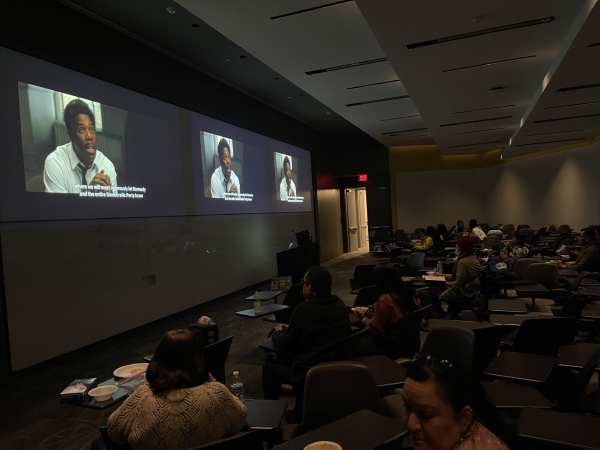

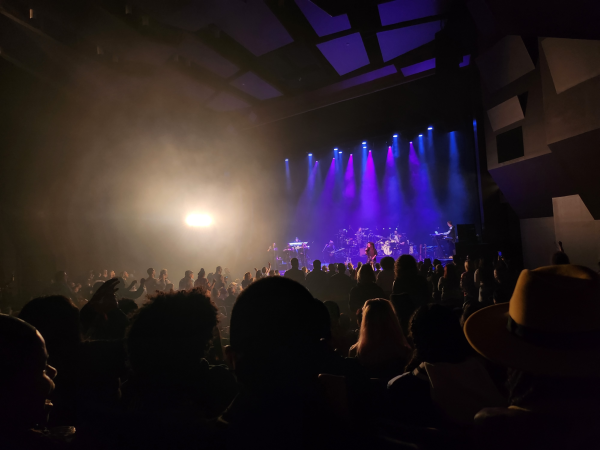


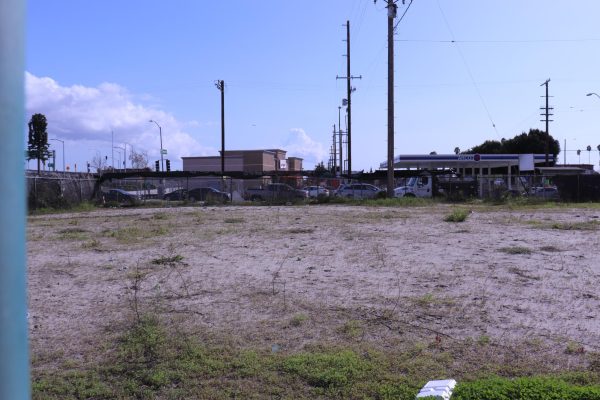
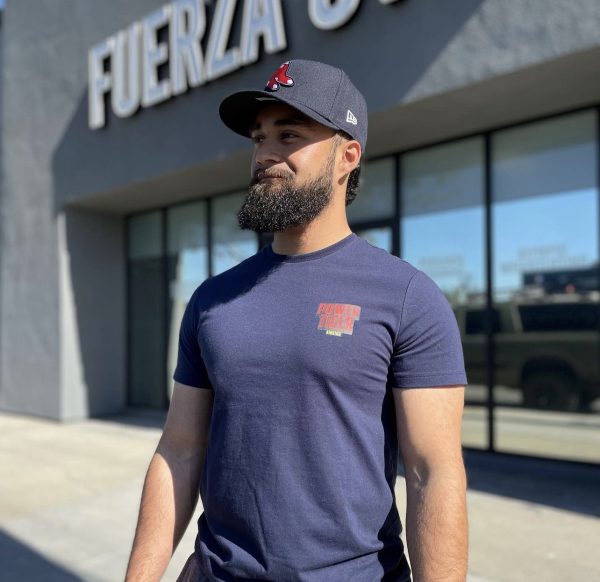
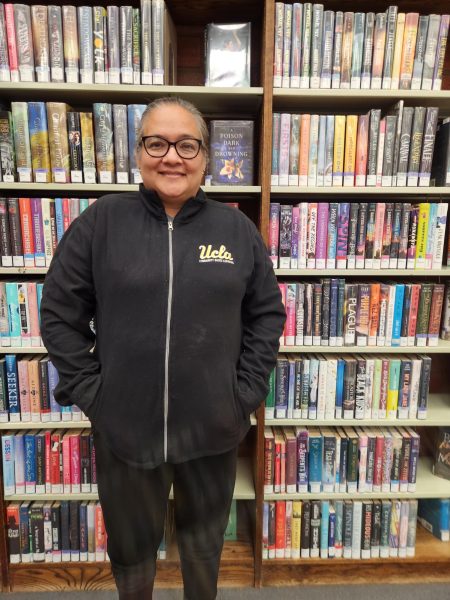
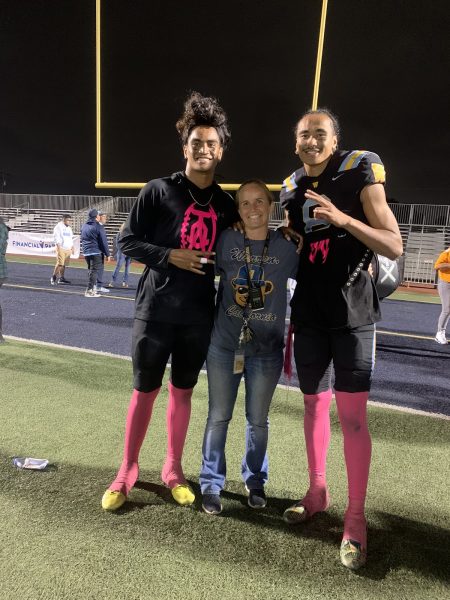

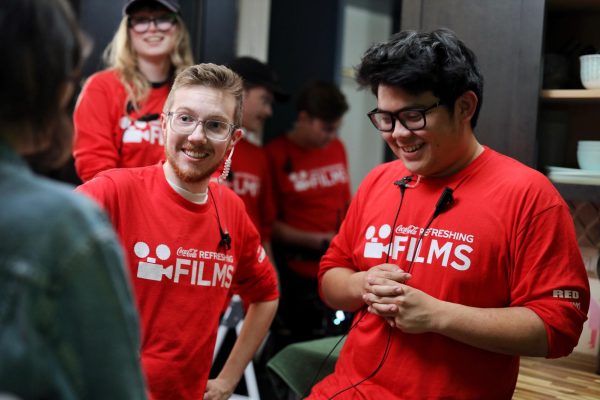
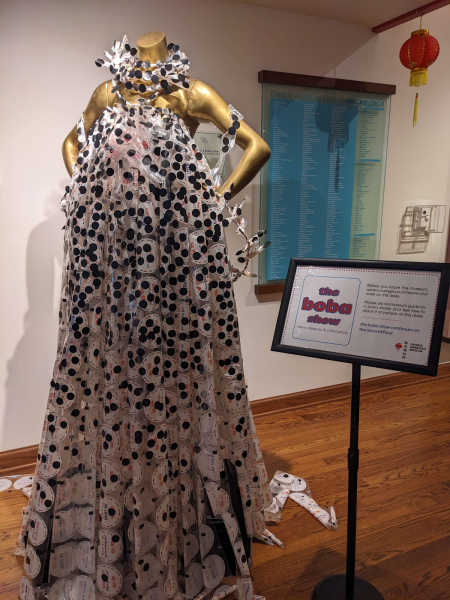
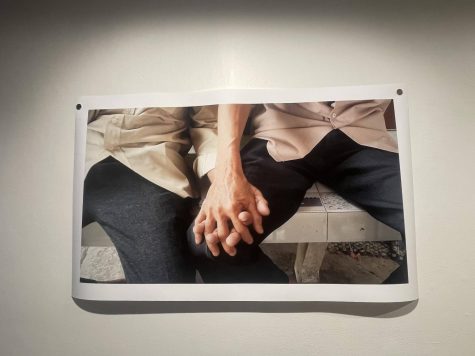
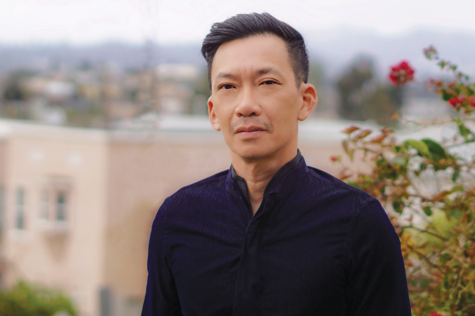
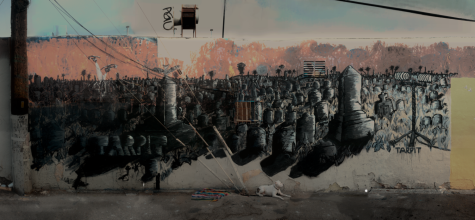
richard luna • Jan 4, 2021 at 10:33 am
I want to thank you for all that you done over the years. I love the murals you have created. I would like to visit the locations of the murals. Is it possible to provide the locations of the murals in this article. Cesar Chavez and Dolores Huerta & Vanessa Guillen
Martha Escandon • Dec 30, 2020 at 12:22 pm
Thank you so much for writing this beautiful and powerful article! Juan Solis and his amazing art provides us a great example of how each of us can use our talents “passion” to engage, inspire, create awareness and connect even during the most unjust and difficult times we, Mexican-Americans, are still encountering -especially mujeres! I consider Vanessa Guillen a modern day saint, as she laid down her life for all of us. Her sacrifice is not to be taken for granted, rather like her very courageous mom, we should all unite NOW, more than ever and continue to use our talents to advocate for a better and just society for the sake of our future generations – our Mexican-American chiquititos! Si se puede! Viva La Raza and long live Vanessa Guillen! Gracias Juan Solis and all who supported his amazing project! I own of his beautiful Virgen de Guadalupe purses! Love it!